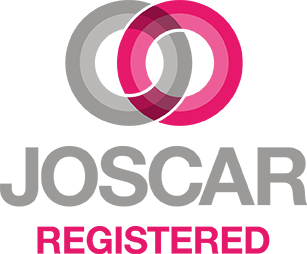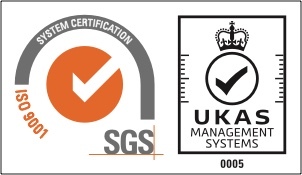
Will You Lead Tomorrow The Same As You Led Today?
Thursday, 1st June 2017
By, GBS Corporate Training
#SituationalLeadership #LeadershipStyle #LearningAndDevelopment
Given the continuous and increasing pace of change in today’s markets, technologies, customers and competition, never have Leaders been more relevant and more needed.
However, a recent CMI report found that 43% of workers rate their Line Managers as ineffective and fail to recognise, let alone support, their talents.
Research by Investors in People suggests that poor management and leadership is costing the UK economy £84bn – but if all UK businesses mirrored the best performing businesses and their approach to improving people management, we could benefit from an efficiency gain of £77bn.
The most recent ‘Learning and Development Survey’ (2015) by the Chartered Institute of Personnel and Development (CIPD) said that “most organisations plan to conduct leadership development activities in the next 12 months” – the key critical areas focus on equipping line managers to improve staff performance, changing/enhancing the organisational culture and improving the skills of existing leaders to think in a more strategic and future-focused way.
Situational Leadership®, which stresses flexibility and simplicity in execution, can equip leaders with the tools necessary to skillfully navigate the demands of an increasingly diverse workforce and an evolving global marketplace. This is why 70% of Fortune500™ companies consider the tool as a critical component of their leadership development strategy.
The Four Situational Leadership Styles: Which will you use today?
Dr. Paul Hersey’s original Situational Leadership® Model is based on the relationship between leaders and followers. Versatility and adaptability are two primary requirements, where a manager’s leadership style will vary depending on the situation.
The Situational Leadership® Model provides leaders with an understanding of the relationship between an effective style of leadership and the level of readiness followers exhibit for a specific task. The Center for Leadership Studies
Four leadership styles are classified according to the level of supportive and directive behaviour required in a situation:
Telling and Directing
Adopting this behaviour, a leader defines the tasks of his employees and closely supervises them. This is particularly true for inexperienced or first-time employees who need to be closely supervised by an experienced leader.
Selling and Coaching
In this leadership behavior, a leader still defines and assigns roles and tasks but he or she is more receptive in getting ideas and suggestions from the employees. This type of leadership style is more suited for less experienced staff members who still need guidance and supervision by their manager.
Participating and Supporting
Here the leader gives more control to and minimal supervision to his staff. The leader gives out day-to-day tasks and instructions on the processes required to achieve a certain task, but the employee has enough control or freedom on how to accomplish the task.
Delegating
In this set-up the leader is still involved in the decision making process but the delegation of tasks and processes is fully given to the staff member. This style is most suited to experienced employee who have the competence to set their own processes required in accomplishing certain goals.
GBS provides Situational Leadership® training to help build your leaders
GBS has helped many clients to improve their Leadership quality and performance. Following our training, leaders are better equipped to understand what their employees require, and are able to perform as more effective leaders by using the right style to motivate them to perform.
“Situational Leadership®: Building Leaders” is our two-day, instructor-led workshop that emphasises active learning through application-based activities and participant interaction to ensure learner engagement in the classroom.
Sign-up for our next course in London on 5th - 6th September 2017.
GBS is the sole UK provider of Situational Leadership® training.












